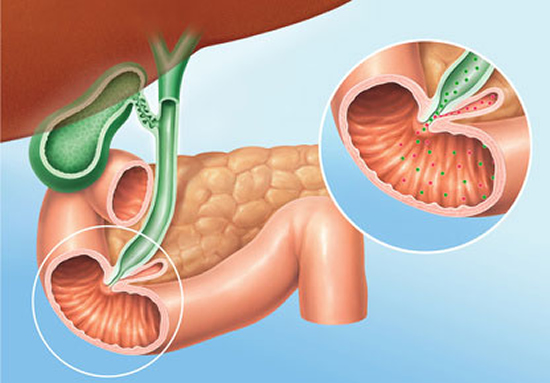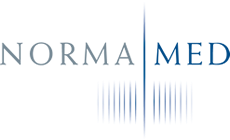Was die Merkmale einer Mund-Rachen-Anamnese zeigen
Die im folgenden Schema gezeigten Merkmale sind ein Beispiel für komplexe Störungen. In diesem Fall zeigen sich die Schleimhautveränderungen im Zusammenhang einer umfangreichen Störung des oberen Darmabschnittes, die sich auch in weichem Stuhlgang und Durchfällen manifestiert.
Die Normamed Mund-Rachen-Diagnostik: Veränderungen der Schleimhaut der Wangen, der inneren Lippen, des Gaumens und des Zahnfleisches erfolgt durch Selbstabtasten mit der Zunge und Sichtung durch den Arzt. Dies liefert Verdachtsdiagnosen, wird durch weitere medizinische Maßnahmen überprüft und ist nur in Verbindung mit anderen medizinischen Informationen über Organstörungen im Kontext von Verdauungsstörungen aussagekräftig.
xxxxxx = Riefe, Relief, „Strich“ in den Wangen
oooooo = „Noppen“ in der Unterlippe (unterschiedlicher Dichte und Stärke)
vvvvvv = „Fetzen“, einzelne Verletzungen im Gaumen
zzzzz = Verletzungen am Zahnfleisch der letzten vier Zähne
O = punktförmige Verletzung (Position variabel)








